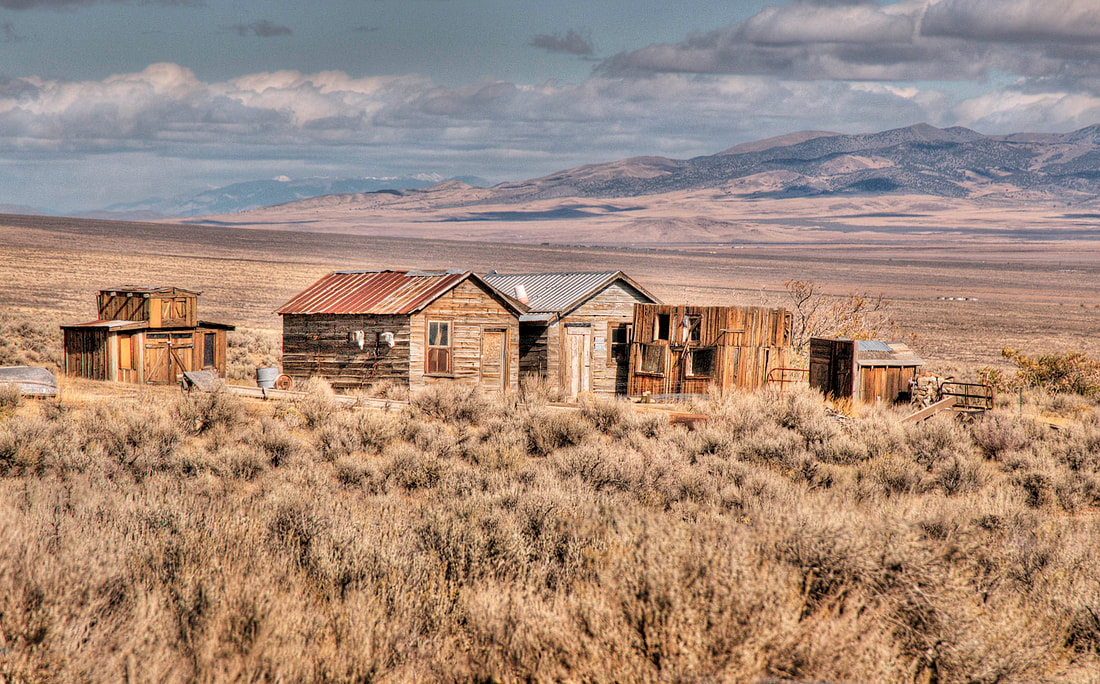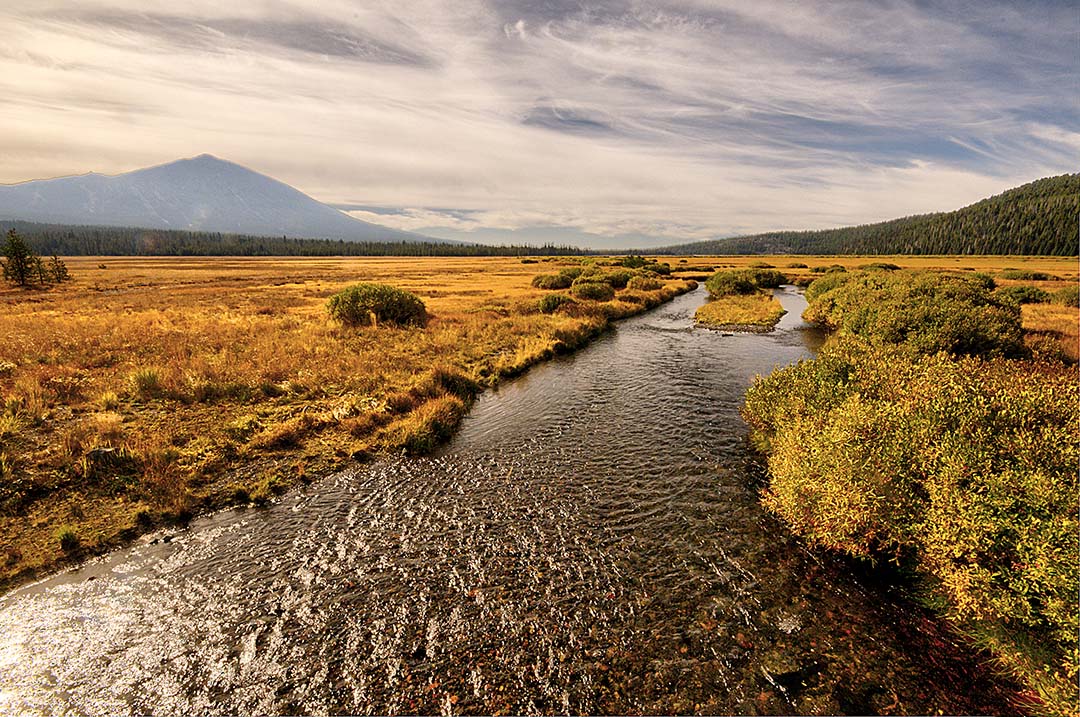|
In mid-winter, the sun never reaches over the south rim of the valley. Snowdrifts pile up at the base of the cliffs. Trees on the south side of the valley that are frosted with an overnight snow can remain coated with ice all day. Directly across the Merced River from El Capitan is a wide meadow covered with young cedars. When the morning sun reflects off the bronze-colored granite wall of El Capitan, it casts a golden glow across the meadow and lights the snow-frosted cedars. It’s a magical place for a few days each winter. In mid-winter, ice-covered ponds on the meadows become fantasies of crystals and reflections in the early morning when the rising sun bounces off canyon walls. You will find the same reflections at the end of the day, but the ice will have melted. In the morning, the trees are wearing a coat of fresh snow. The sky is usually clear and intensely blue. I like to start my day in Yosemite on the valley meadows and end it on the valley overlooks.
Driving west along Interstate 80, at Mill City, is State Road 400, a paved road heading 20 miles south to a junction where you’ll see a sign pointing to the right. The first photogenic spot is this row of weathered cabins with the Dun Glen Flat stretching for miles to the east. Drive west, into the canyon, to photograph an old stone wall, the back wall of a general store. Farther up the canyon, on the right, is a well-weathered wooden cabin with a long wooden staircase, the only way to reach it. The remains of another wooden cabin sits beside the road, where Samuel Clemens/Mark Twain lived. A restored school sits behind a locked gate. There are no commercial shops, no gas station, and no food is available. When gold was discovered here in 1861, the population boomed to 1,500. Today, there are fewer than 20 people living in this canyon.
The very striking pueblo church, just inside the gate, is called San Geronimo (Saint Jerome). It was built in 1850 to replace the church destroyed during the US/Mexican War of 1847. The church faces east and the best light strikes the front of the church mid-morning. With a super wide-angle (20mm or shorter) lens, you can frame the church in the opening of the arched gate. The zig-zag forms of the church steeple and the arch over the gate are unique. Depending on your camera angle, many compositions can be created right there. Photography is not allowed inside the church.
Southwest of the City of Bend is a very scenic 66-mile loop road called the Cascade Lakes Scenic Highway. It starts in Bend as Route 372. Five miles west of the entrance to the Mt. Bachelor Ski Resort, the highway crosses a short bridge over Soda Creek. On the south side of the bridge is the edge of an immense meadow stretching far to the south. A sign calls this area Sparks Lake, sometimes an eight-foot-deep lake but during the recent drought, a completely dry meadow. After a wet winter, Sparks Lake reflects the South Sister and other peaks surrounding the lake. This is a popular location for sunrise and sunset photography. Because of the clear skies above this remote lake, it is a perfect spot for night photography of the Milky Way. Several more streams flow under the highway and out into the meadow. My favorite photo included a stream, Mt. Bachelor and a dramatic morning sky.
|
BlogNotes and images from Bob Hitchman. Archives
July 2024
|




